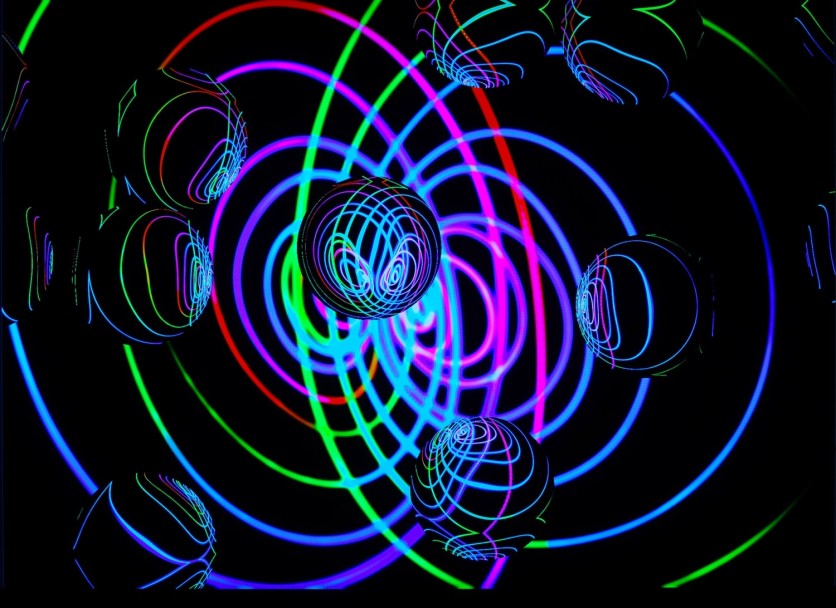Scientists must solve several challenging issues before quantum networks and computers can realize their vast potential, but a recent study suggests they might have found the "missing link" to one of these problems, according to ScienceAlert.

Quantum Bits
A recent study has revealed that silicon material, which is used to make conventional computing components, can store quantum bits as well.
These quantum bits, also known as qubits, come in a variety of forms and are essential for next-generation quantum computing performance, as noted by ScienceAlert.
Over 150,000 silicon "T center" photon-spin qubits were observed in their research, which was recently published in Nature. This significant development creates the possibility to build highly scalable quantum computers and the quantum internet that will link them right away.
Far beyond the capabilities of modern supercomputers, quantum computing has the potential to offer massive processing power. This in turn could advance various fields such as medicine, cybersecurity, chemistry, and many more.
One sort of qubit that physicists have been able to develop through time is silicon, but there is also the issue of connecting them at scale. According to the current research, specific silicon flaws called T centers can function as photonic or light-based links between qubits.
Quantum physicist Stephanie Simmons of Simon Fraser University in Canada said that scalable and distributed quantum computers are best created using emitters like the T center, which combine high-functioning spin qubits and optical photon generation.
Fraser added that they don't need to link two different quantum technologies, one for processing and another for communications since they can handle both of these aspects simultaneously.
Hence, this system might be more effective and probably simpler to construct. According to the researchers, this type of quantum particle activity has never before been seen optically in silicon, adding to the proof that it's a plausible solution.
Benefits of T Centers
Another advantage is that T centers produce light at the same wavelength as contemporary fiber communication and telecom equipment networks. ScienceAlert said that this would simplify the deployment of quantum internet technology.
Simmons said that T centers can enable the construction of quantum computers with built-in communication capabilities.
Using specialized microscopy techniques, the researchers created tens of thousands of microscopic "micropucks" on silicon wafers and verified that each of these tiny components included a limited number of T centers that could be separately treated and controlled.
ScienceAlert added that even while there is still much to be done, such as improving qubits so they can be used to their full potential, this research brings the possibility of quantum computing one step closer.
"By finding a way to create quantum computing processors in silicon, you can take advantage of all of the years of development, knowledge, and infrastructure used to manufacture conventional computers, rather than creating a whole new industry for quantum manufacturing," Simmons said in her statement with EurekAlert.
Related Article : Quantum Computers To Be Mass-Produced? New Study Shows They're Now Compatible With Current Manufacturing Techs
This article is owned by Tech Times
Written by Joaquin Victor Tacla
ⓒ 2026 TECHTIMES.com All rights reserved. Do not reproduce without permission.




